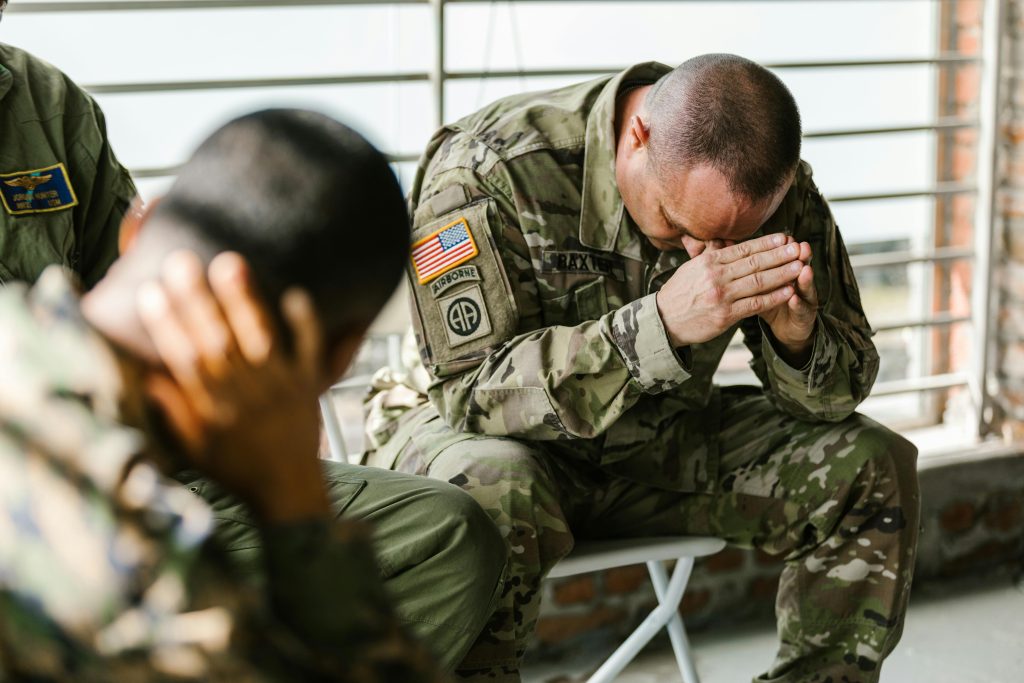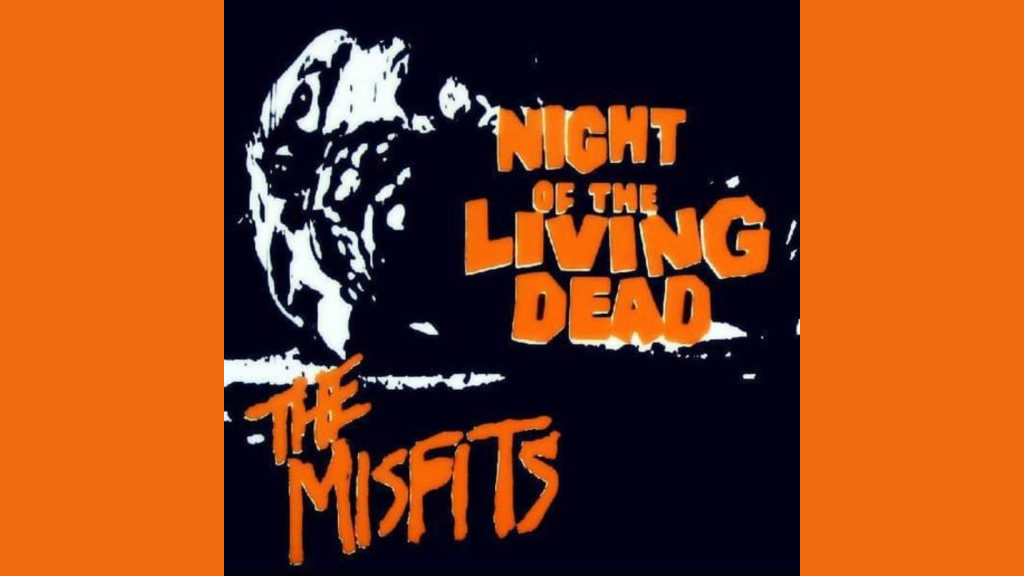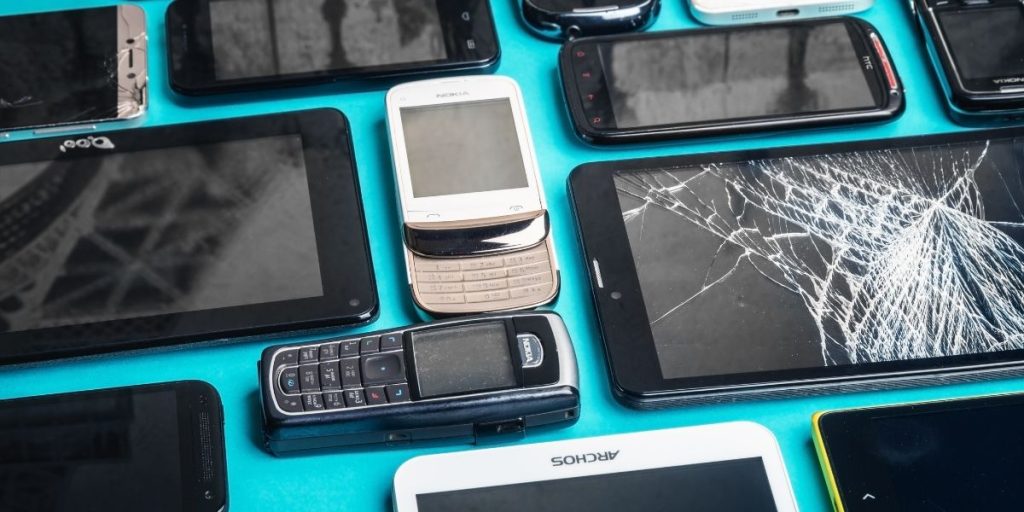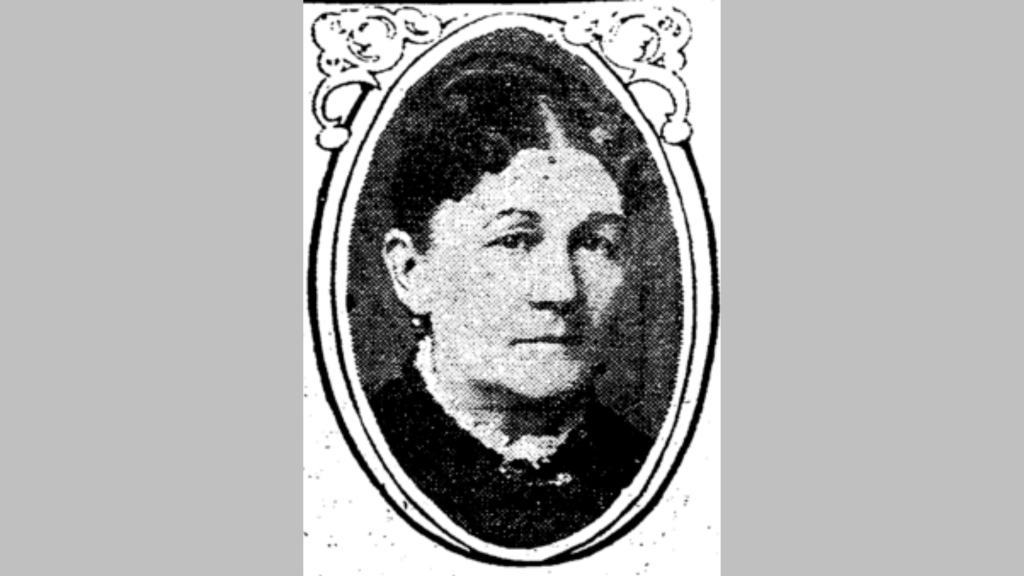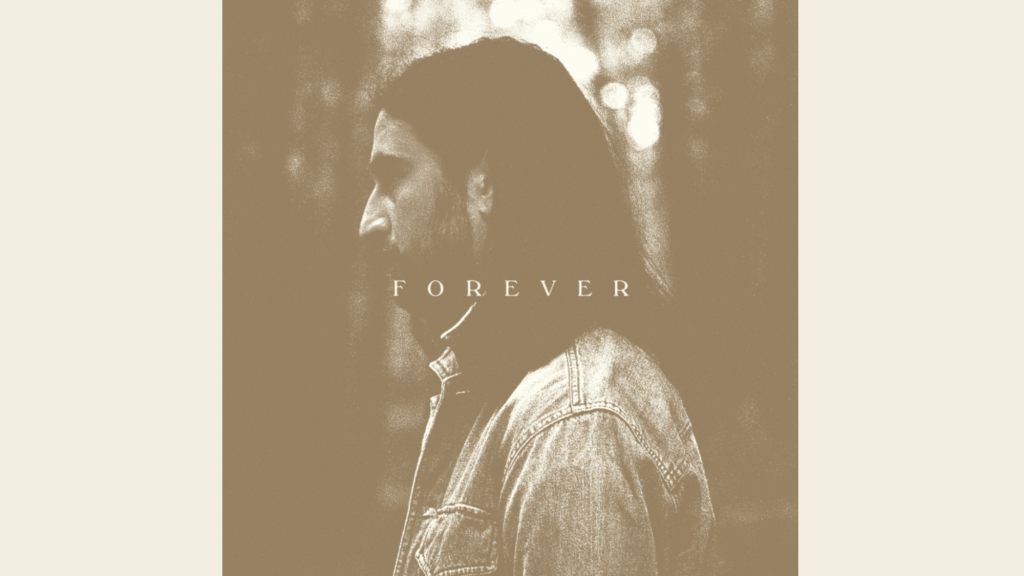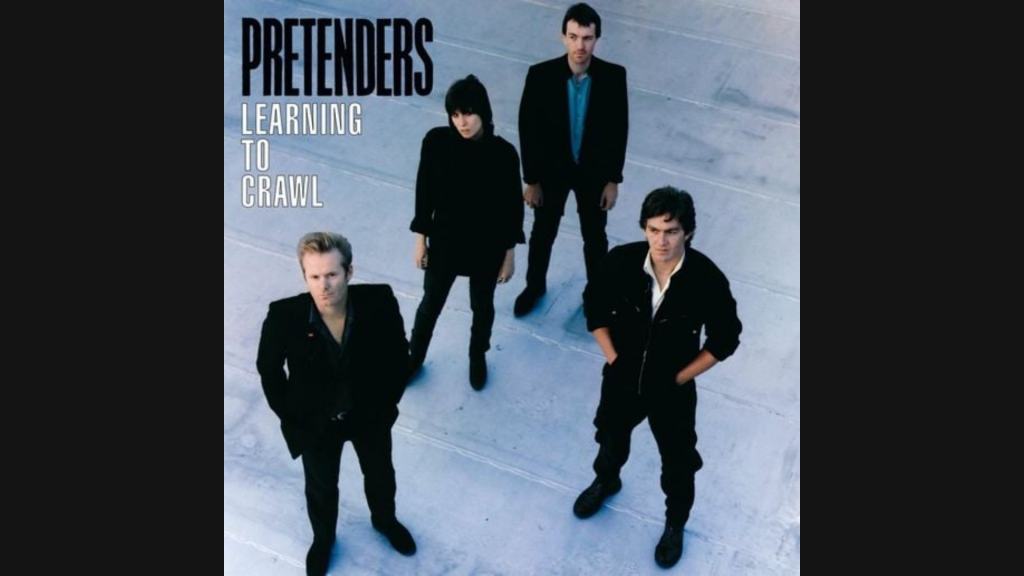There are many strategies you can use to deal with PTSD flashbacks. As a unique person who has had certain experiences, what you need to deal with the flashbacks could vary from someone else. Consider online ptsd therapy to decipher what strategies work for your experience and help you with your symptoms.
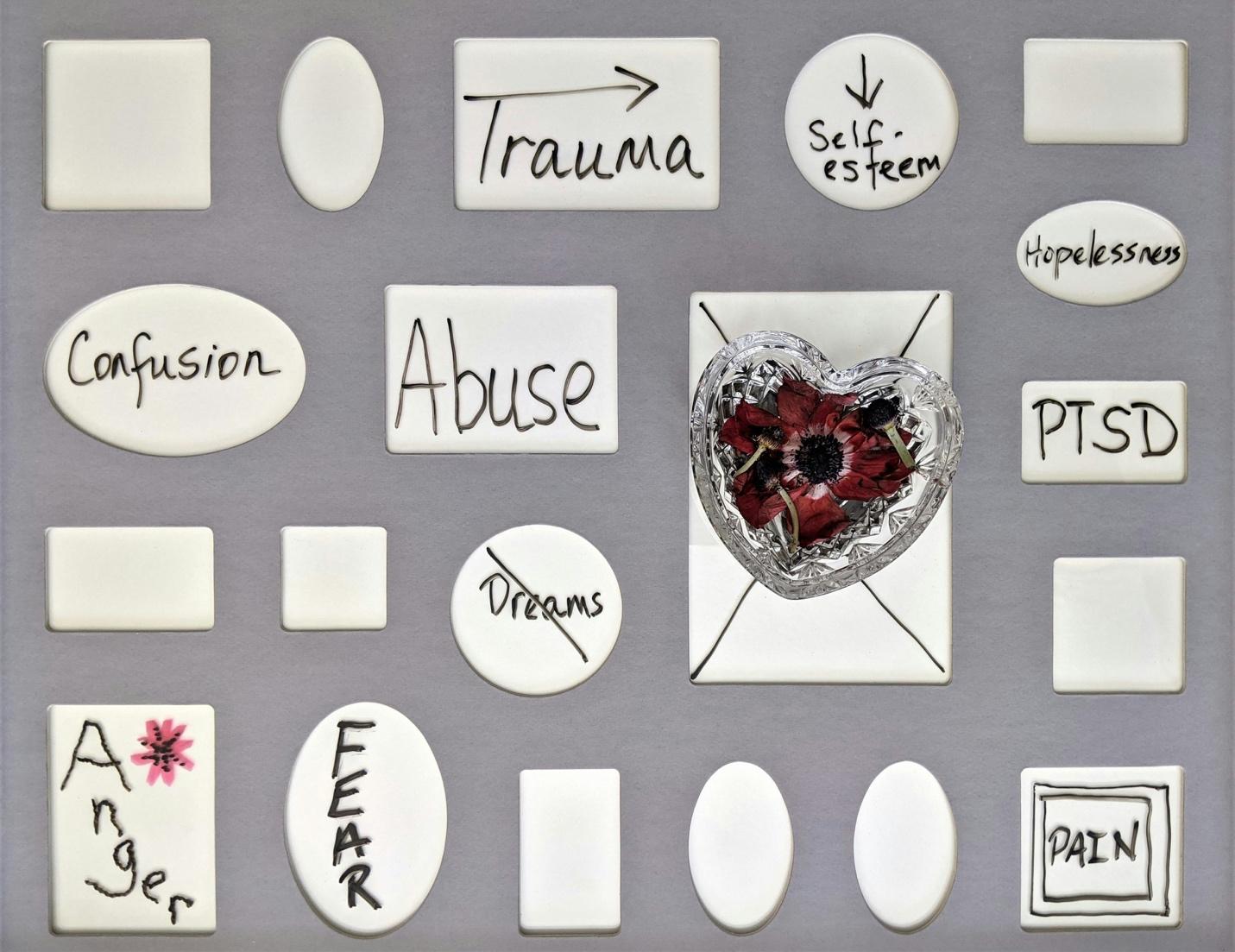
Understanding PTSD Flashbacks
PTSD flashbacks are basically unwanted memories where you relive something you went through in the past. You go back in time to re-live a trauma you want to leave behind you. You might see or hear something that reminds you of what happened and pulls you back. The stressful flashbacks disrupt your everyday life, keeping you from feeling ‘normal.’
Many PTSD flashbacks are attached to triggers. You might hear, see, or even smell something. Certain plates or people could also bring up the thoughts of events that remind you of the trauma you experienced. Your emotional and mental well-being will easily be impacted by these powerful flashbacks.
Grounding Techniques to Stay Present
Grounding techniques can help you move past the trauma of a PTSD flashback. There are many techniques available, so keep trying them until you find one that works. Here are some options:
- Physical Touch
Pay attention to physical touch. What are you touching? Your chair? Your clothes? A person’s hand? Focus on those touch sensations to remove yourself from the panic the flashback brings.
- Sensory Object
Carry an object like a stress ball or smooth stone. When a flashback takes over, manipulate that object and focus on what you are doing and feeling with it.
- 5-4-3-2-1
Look around and name five things you can see, four items you can touch, three sounds you can hear, two things you smell, and one thing you could taste. This process helps distract you and grounds you in what’s near you.
- Self-Talk
Remind yourself that what happens in the flashback is in the past and that you are currently safe. What you experience isn’t actually happening. Convince yourself back into the present.
- Descriptions
Choose descriptions around you, like naming how many blue things you can see, what the furniture around you looks like, and how people are dressed, and use those to draw yourself away from the flashback.
- Distractions
There are many things you can use to distract yourself—choose one that works. Read a book, savor the taste of a food, cuddle your pet, get out a weighted blanket, or even just move your body around to distract yourself from the flashback.
Creating a Safe Environment
When you deal with PTSD and its possible flashbacks, you need to feel safe where you are. Create safe surroundings to help you manage your trauma.
First, keep conflicts to a minimum. If there are certain situations, people, or other things that often cause conflict, avoid them for now.
Second, stay away from large crowds. When there are more chances for triggers to be present, you don’t want to be a part of that activity. Ease your way in with smaller groups and work up from there.
Third, stick to familiar places and people. Maintain your social group and populate it with people who make you feel safe. Go to places you love and feel comfortable.
Fourth, seek help from a professional to help yourself move forward.
Seeking Professional Support
Learning how to manage PTSD isn’t an overnight process. It takes work and, above everything else, time. Find a professional who can support your plight. You may need therapy sessions to help you identify triggers, then, once you know your triggers, you have to figure out how to deal with them.
Before you commit to a certain counselor, make sure they have dealt with PTSD patients before. You need support from someone who knows PTSD well and has success in treating it.

Building a Long-Term Coping Toolkit
One of the things you might work with when you meet with a professional for PTSD support is your long-term toolkit. The toolkit isn’t so much a physical kit as a range of tools you use to help yourself through the secondary trauma that PTSD brings to your life. When you find a tool that works for you, such as deep breathing, put that in your ‘kit’ and remember it for future use. If you find that other tools don’t work, don’t bother including them and move on to other options.
In Conclusion
PTSD flashbacks are very real, very scary events for those who have suffered from a traumatic event. The professionals at Mindful Care are here to help you understand and deal with the flashbacks to aid your health and well-being.


